
Using less energy around the home is easier to achieve than you might think, saving you money while creating a healthier, more comfortable living space for you and your family. Tapping into the sun’s warmth and light, making a few simple design changes, choosing and using appliances wisely, and changing a few old habits can all add up to make an impact – on your energy bill, your comfort, and the environment.
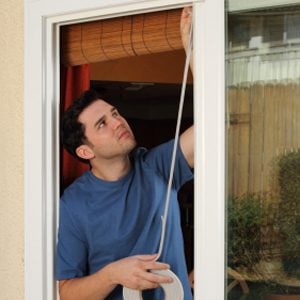
1. Stop the Draft
Even small unsealed spaces can lead to big wastes of energy. Plug gaps around windows, doors, or any other external openings using draft blockers and weather strips. Draft-proofing can cut household heat loss by up to 25 per cent during the long, cold months of winter.
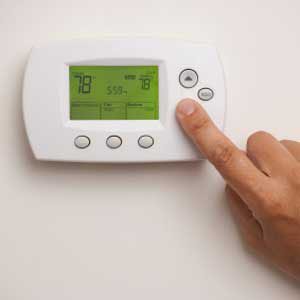
2. Lower the Heat
If your home has central heating and an adjustable thermostat, turning the thermometer down even slightly can make a difference. You may not feel it, but your wallet will – a reduction of just one degree can cut bills by 10 per cent. A programmable thermostat can also help you to more precisely control temperatures at different times of the day.
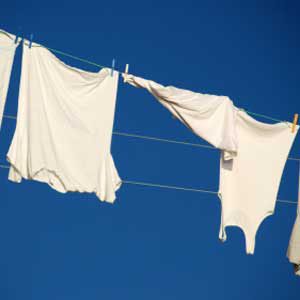
3. Hang Clothes Out to Dry
If the weather allows it, head outside and dry your laundry on a clothesline. The sun’s ultraviolet light will help eliminate bacteria and dust mites. While clothes dryers get the job done faster, they also use up energy. By hanging your clothes out you’ll be cutting greenhouse gases by about three kilograms per load.
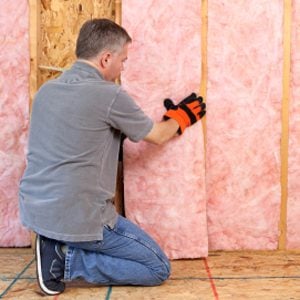
4. Properly Insulate Your Home
Making sure your home is well insulated can have a significant impact on energy waste and your wallet, no matter the season. It can keep your home up to 10 degrees warmer in winter, and as much as seven degrees cooler once summer rolls around. The cost of insulating your ceilings, walls, and floors should pay for itself over time in the form of reduced heating costs.

5. Keep Heat from Flying Out the Window
Covering windows with heavy, lined, insulating curtains can reduce heat loss by up to one-third in winter. Make sure they fit closely to the window, and extend beyond the bottom and sides of the frame. Add a close-fitting box pelmet to the top of the window frame to prevent drafts coming in over the top of the curtain.

6. Take Advantage of Natural Light
Installing large windows on the northern side of your house can help you utilize sunlight’s natural warmth. To stay cool indoors on hot summer days, install blinds, awnings, or eaves to block the heavy sun.
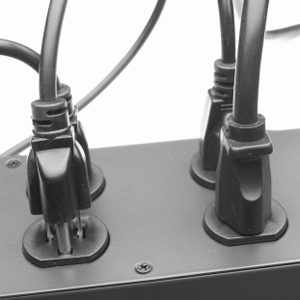
7. Plug Appliances into a Power Bar
Even when they’re turned off, many home appliances continue to consume energy in stand-by mode, accounting for up to 10 per cent of your household’s electricity bill. Plugging them into a power bar that you turn off when you’re not using your TV, computer, or entertainment system helps shut down this waste.
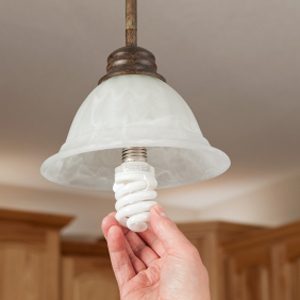
8. Update Old Light Bulbs
Are there still standard incandescent light bulbs lighting up your home? Replace them with compact fluorescent lamps (CFLs). Though a little more expensive, CFLs are far more efficient, giving off equivalent light at a significantly lower wattage. A 25-watt CFL is as bright as a 100-watt regular bulb, which is why CFLs can last 10 times as long using 80 per cent less energy.
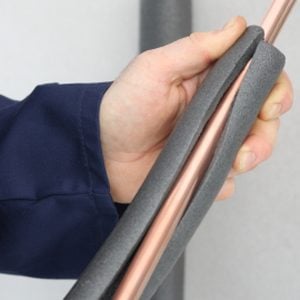
9. Wrap Your Pipes
Be sure your hot-water tank and pipes are properly insulated. In an average home, heating water accounts for more than one-quarter of the household energy bill. Plus, as much as half of total water-heating costs can be due to heat loss. Why let warmth go to waste before it reaches you?

10. Choose the Right Size for Appliances
When the time comes to replace appliances, select ones that are both energy-efficient and the appropriate size for your needs. Don’t buy bigger just because you can – a 284-litre fridge will use 20 per cent more energy than a 210-litre fridge, even if they both have the same Energy Rating.